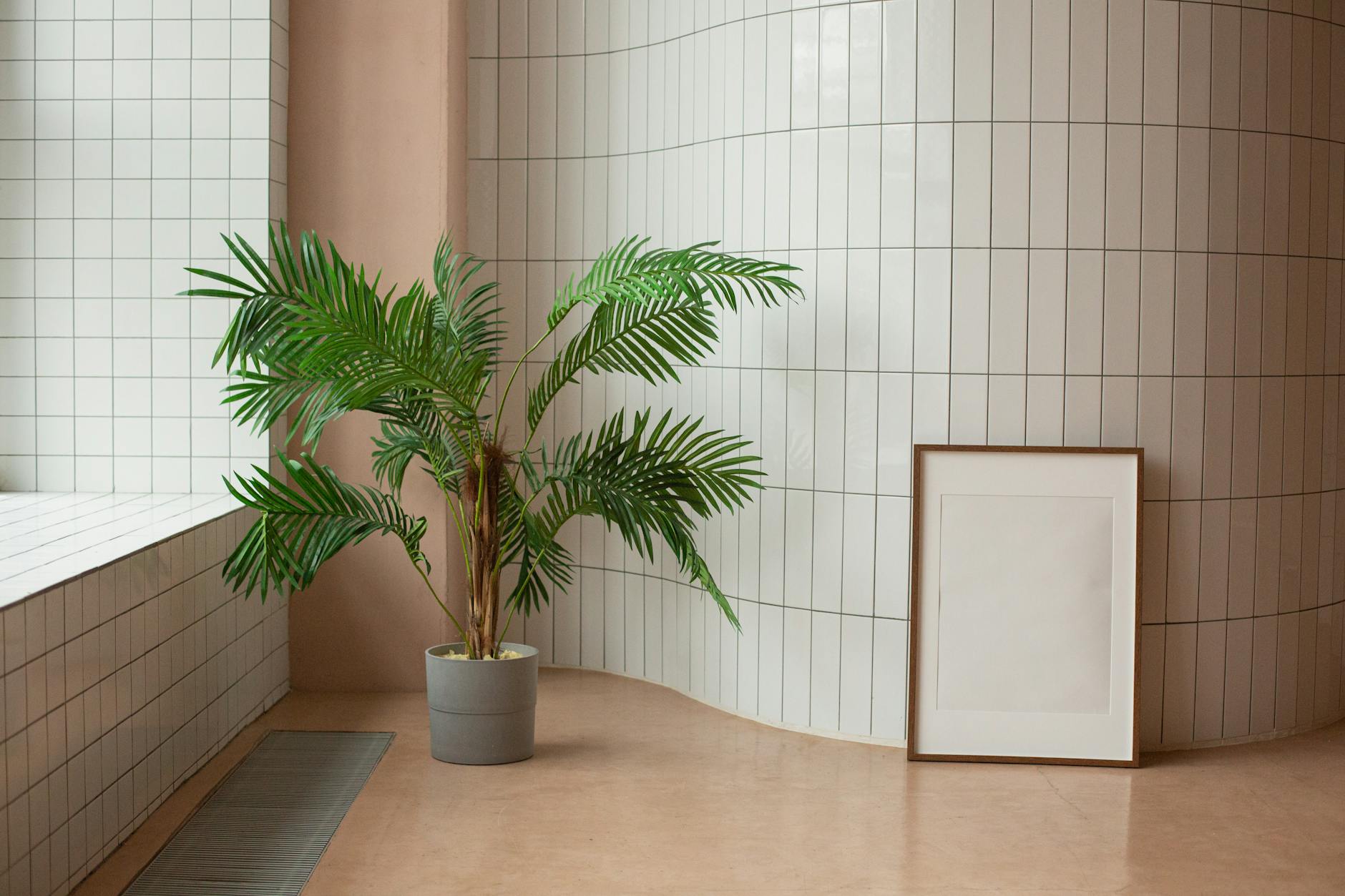Uncover the secret behind Singapore’s lush urban landscape and how parks and gardens play a vital role in its beauty.
 Image courtesy of Monstera Production via Pexels
Image courtesy of Monstera Production via Pexels
Table of Contents
Hey there, nature lovers! Today, we’re diving into the lush world of green spaces in the bustling city of Singapore. From the stunning Gardens by the Bay to the serene Singapore Botanic Gardens, these urban oases play a vital role in shaping the landscape and enhancing the quality of life for residents. Let’s explore why parks and gardens are so crucial to Singapore’s urban planning.
History of Green Spaces in Singapore
Back in the day, Singapore wasn’t always the green paradise it is today. Over the years, city planners and environmental advocates have worked tirelessly to develop and preserve green spaces near to Ki Residences location in the urban jungle. These efforts have transformed Singapore into a sustainable and livable city, where nature thrives amidst skyscrapers and bustling streets.
Benefits of Green Spaces in Urban Areas
Green spaces are more than just pretty patches of grass and flowers. They offer a myriad of benefits to the environment, society, and economy. From improving air quality and regulating the climate to providing recreational spaces and promoting community engagement, parks and gardens are a cornerstone of urban well-being.
Singapore’s Innovative Approach to Urban Greening
Singapore is known for its forward-thinking approach to urban planning, and its commitment to creating a green city is no exception. With the ambitious “City in a Garden” vision, Singapore has implemented a range of green initiatives and policies to ensure that nature remains an integral part of city life.

Image courtesy of via Google Images
Case Studies of Successful Green Space Projects in Singapore
One of the most iconic green projects in Singapore is Gardens by the Bay, where futuristic Supertrees and lush gardens come together in a harmonious blend of nature and technology. The Singapore Botanic Gardens, a UNESCO World Heritage Site, showcases the beauty of tropical flora and fauna, while Bishan-Ang Mo Kio Park offers a tranquil retreat in the heart of the city.
Challenges and Future Directions
While Singapore has made great strides in greening its urban landscape, challenges remain in maintaining and expanding green spaces. As the city continues to grow and develop, it is crucial to prioritize the preservation of parks and gardens and integrate them seamlessly into future urban planning efforts.
Conclusion
Green spaces are the heart and soul of Singapore’s urban landscape, providing a breath of fresh air amidst the concrete jungle. As we look towards the future, let’s remember the importance of nurturing nature in our cities and making room for parks and gardens to flourish. Together, we can create a greener, healthier, and more vibrant urban environment for generations to come.
 Image courtesy of ready made via
Image courtesy of ready made via  Image courtesy of Karolina Grabowska via
Image courtesy of Karolina Grabowska via